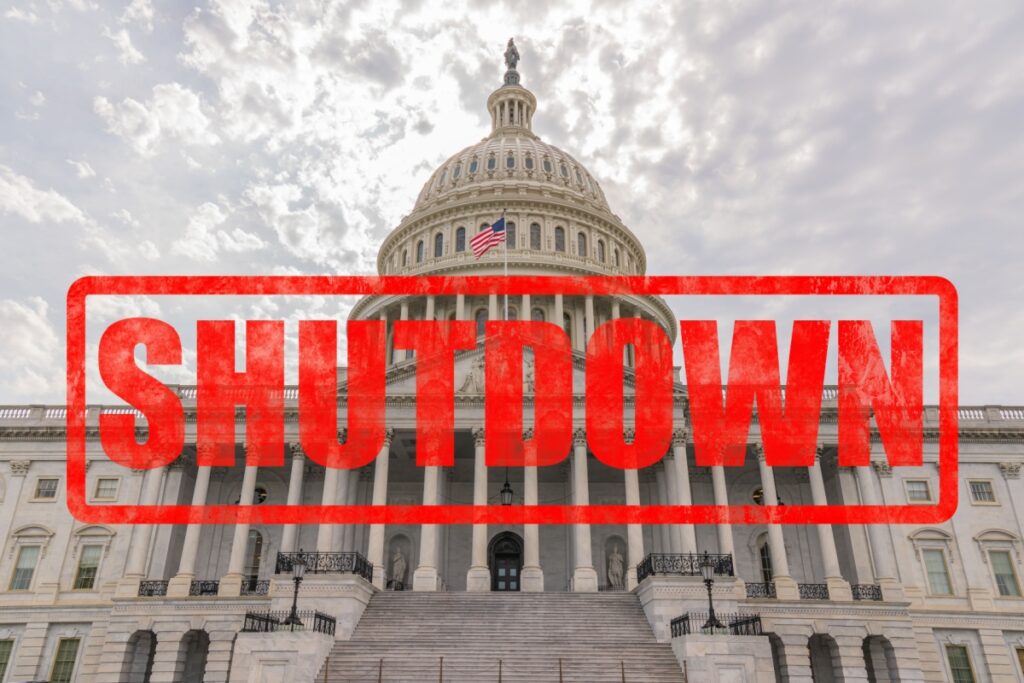If Congress fails to approve federal funding by October 1, major U.S. airlines are warning of significant disruption to air travel. According to Airlines for America, which represents carriers including United, Delta, American, and Southwest, a shutdown would force air traffic controllers and TSA agents to continue working without pay, while nonessential aviation functions would be curtailed.
Rampant Risk to Aviation Operations
In such a scenario, delays are already anticipated. Airport security lines may lengthen as staffing becomes strained—and as seen in past shutdowns, an uptick in call-outs among essential workers could further slow processing. Some aviation groups also warn that critical safety audits, aircraft inspections, and maintenance of air-traffic control infrastructure could be postponed, with effects lingering even after funding is restored. The U.S. Travel Association projects that the travel industry could lose $1 billion per week under extended shutdown conditions.
Health Agencies Brace for Deep Cuts
Public health organizations stand to suffer dramatic staffing reductions if a shutdown occurs. The U.S. Department of Health and Human Services (HHS) has signaled that it would furlough approximately 32,460 employees, accounting for 41 percent of its workforce.
Within HHS, the Centers for Disease Control and Prevention (CDC) would suspend more than 64 percent of its workforce, compromising its ability to issue timely guidance on issues such as opioid overdoses, HIV prevention, and diabetes. Meanwhile, NIH expects to furlough over 75 percent of staff, affecting research, patient admissions, and grant processes. Some functions deemed essential—such as Medicare and Medicaid, and emergency regulatory actions by the FDA —would continue with reduced staffing (FDA retaining roughly 86 percent, CMS retaining 53 percent).
These reductions would sharply curtail public health communications, oversight of contractors, and routine research operations.
National Parks and Public Lands Under Pressure
A group of 40 former national park superintendents has urged Interior Secretary Doug Burgum to close parks ahead of a shutdown, warning of ecological risks, vandalism, and public safety issues if unstaffed lands remain open.
In previous shutdowns under a directive to keep parks open, unsupervised areas became vulnerable: petroglyphs were defaced, historic trees cut, and trash overflowed across sites. Given reductions of about 24 percent in staff and deep budget cuts across agencies, the risks this time may be even greater.
Some officials remain in the dark about updated contingency plans. The National Park Service’s last directive (under the prior administration) had called for closures during funding lapses, but a recent order from Burgum to keep sites open—even with limited personnel—has raised alarms among conservation advocates.
Broader Economic and Operational Fallout
Beyond travel and public health, a government shutdown could ripple through multiple sectors. During past funding lapses, federal operations such as research grants, public safety inspections, and infrastructure projects were delayed or suspended.
At airports, essential TSA and air traffic staff are legally required to work even without pay—but widespread absenteeism has been documented in previous shutdowns, worsening delays. The hiring and training of new air traffic controllers, already under strain, would halt entirely until funding is resumed, exacerbating staffing shortfalls.
In the travel sector, losses could mount quickly. The U.S. Travel Association warned of up to $1 billion in weekly losses from stalled tourism, lodging, and related services. Additionally, industries reliant on federal oversight—such as environmental inspections and agricultural safety checks—could face backlogs.
In recent budget impasses, the Congressional Budget Office estimated that each week of shutdown could subtract 0.15 percentage points from growth, with fallout spreading beyond federal operations.
Congress faces a tight deadline, midnight on October 1, to pass a funding resolution or trigger at least a partial shutdown. Debate remains intense, and the outcomes could reshape public operations, travel, and regulatory functions through the fall.


